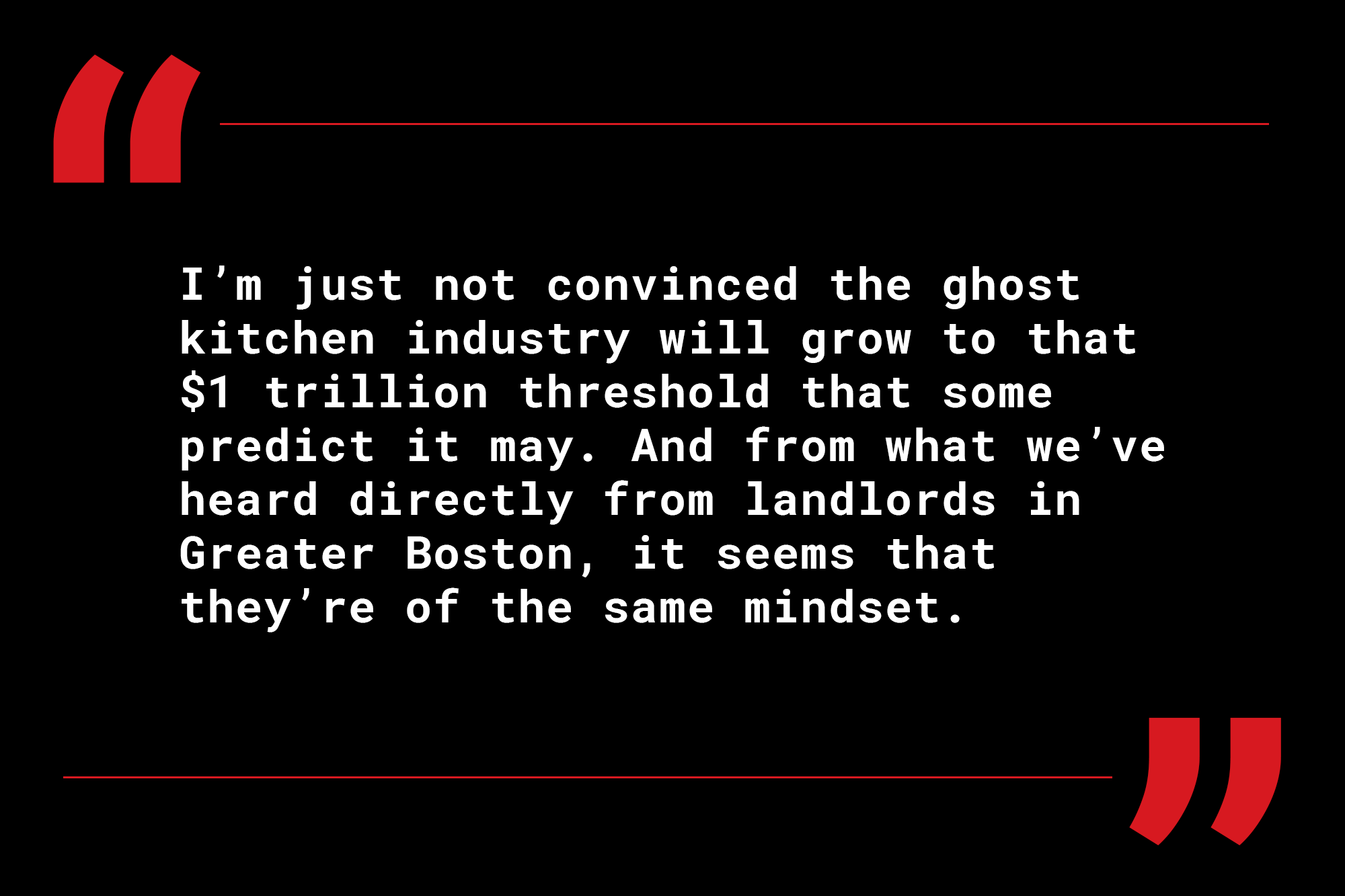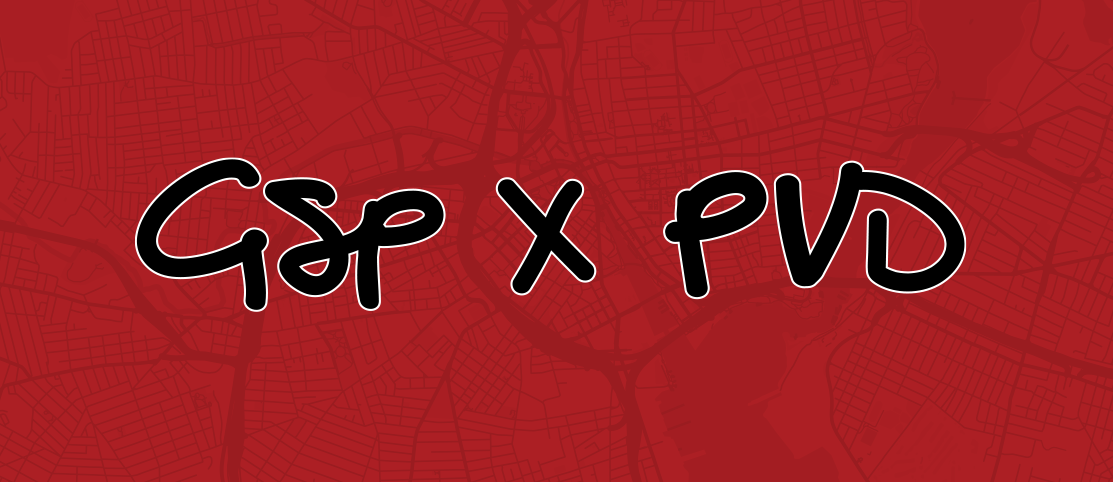The Holy Ghost Kitchen: Part Two
Ghost kitchens seem to be thriving in this current pandemic environment, particularly the larger restaurant groups and chains who have already established their brand and can utilize the ghost kitchens to extend their reach to consumers while keeping their operating costs down. It also allows some of these larger groups to experiment with new menu offerings or an entirely new rollout of a concept.
It seems, however, that the ghost kitchen mostly just benefits the big fish – both tenants and certain types of landlords. And these new ghost kitchen companies that seem to be circling the market are making a big bet on the future of the majority of food lying in delivery.
For chefs and restaurant groups of small to medium size, or solely virtual restaurants, it’s a big gamble to operate out of a ghost kitchen. Building brand recognition relies on consumer-staff hospitality, the “eatertainment” factor and environment of the restaurant, walk-in’s and word of mouth. It’s a “touch-feel-experience” industry, the same way successful retailers have brick and mortar stores. Online sales are ancillary support to sales that are established and generated in the stores. The actual food, what the ghost kitchens provide, is just that one piece. And from what we’ve seen in the F&B industry for several years now, a restaurant cannot just rely on good food to be successful. All of the aforementioned aspects contribute to building a restaurant, a brand, an experience. Additionally, once a restaurant joins a ghost kitchen, they immediately increase their competition – although their reach has increased to 3-5 miles more, the amount of other restaurants they need to compete against in addition to their known neighborhood competitors, has also increased.
With a handful of ghost kitchen concepts searching for locations in Greater Boston, the immediate feedback we have received from our landlord clients has been “no thanks.” While it’s refreshing to have leasing prospects in the Covid market, who can pay rents, most landlords are still thinking long term and maintaining the goal of activating their ground floors to enhance the experience of their tenants upstairs, so would rather hold out now than sign a 10-20 year lease with these groups. Most landlords view ghost kitchens as “dead space,” and with their square footage requirement, it would take large footprints of any project and limit the amount of remaining space to fill with more active and amenity uses for the ground floor. Additionally, the amount of electricity, black iron venting, HVAC, gas, grease traps, etc. that is required to fully operate a ghost kitchen is extensive and that cost in many cases is pushed to the landlord to cover. Operations of trash and loading can also pose a challenge to any building with ghost kitchen, depending on the location and logistics of the building.
That’s not to say every landlord has had this reaction. For some projects, ghost kitchens can make a lot of sense. Projects that have challenging space to lease; have a lot of retail to program so 10-15k square feet given to a ghost kitchen doesn’t brand the whole asset as such; projects that have high transient density and high building capacities such as a downtown building or shopping mall, where employees or customers could get a variety of menu offerings without going off premises. Essentially, the ghost kitchen has become the new food court – just a more robotic and sterile version where there is no consumer interaction.
One of the biggest headlines the last 7 months has been how restaurants are the fabric of our country. They provide countless jobs, opportunities, share cultures, ideas and new experiences. They create neighborhoods, brand buildings, bring life into spaces and onto streets. The desire of Americans to save restaurants is at an all-time high. So if/when it is safe to visit these restaurants as patrons, knowing that 100% of the money spent there, the Instagrams posted there, the word of mouth recommendations and walk-in buzz that is created there will benefit the restaurant directly, people will likely be more inclined to do this, rather than click some buttons to pick up their packaged meal or have contactless delivery. There is a human connection nuance and hospitality aspect that restaurants provide and that people need – especially these days. That is only going to get stronger. There is certainly a time and a place for meal delivery, which has been proven in the last 7 months. And ghost kitchens can provide additional success to certain operators and chains by extending their reach to consumers. I’m just not convinced the ghost kitchen industry will grow to that $1 trillion threshold that some predict it may. And from what we’ve heard directly from landlords in Greater Boston, it seems that they’re of the same mindset.
For Part One of this series, click here.




